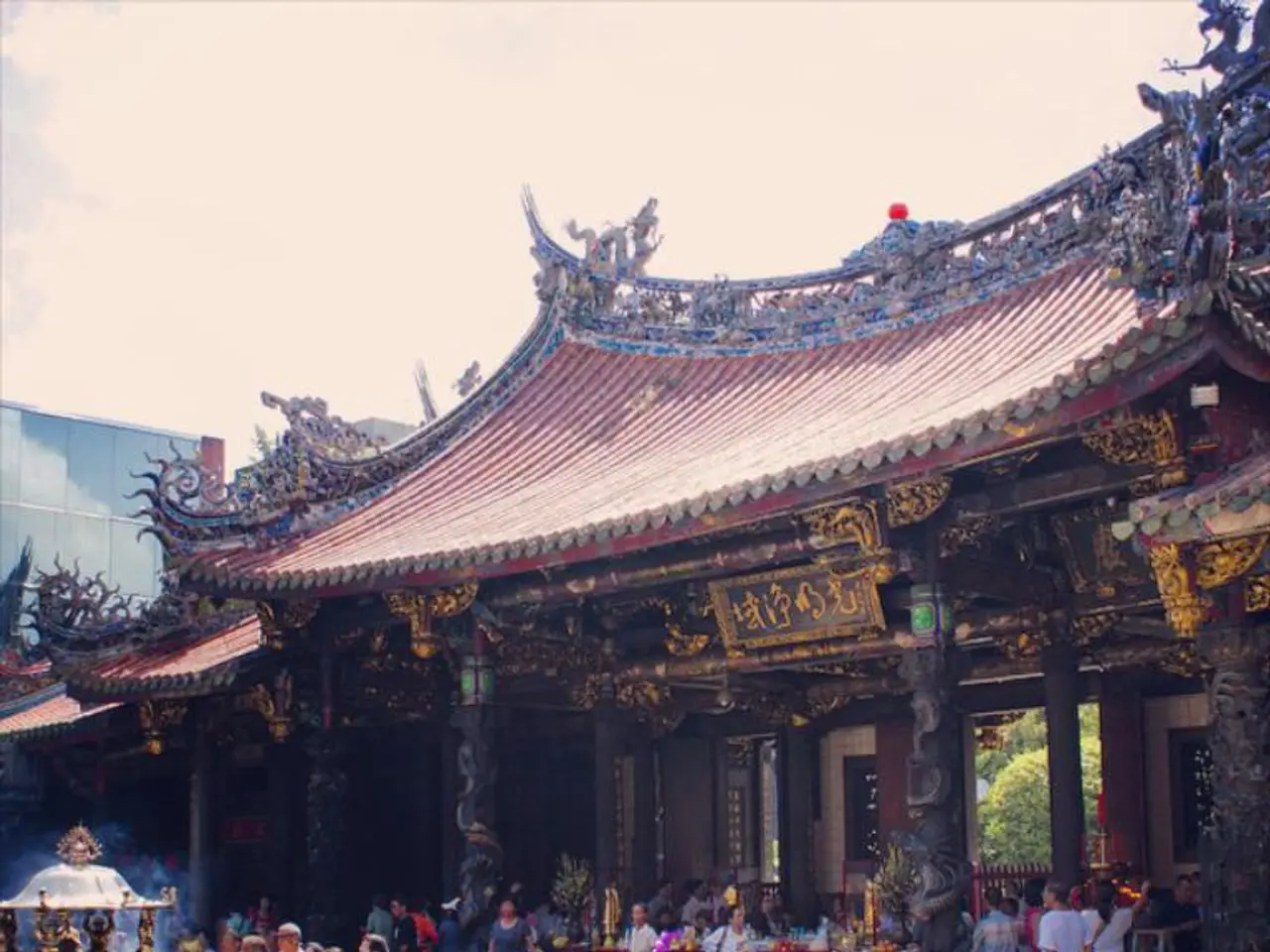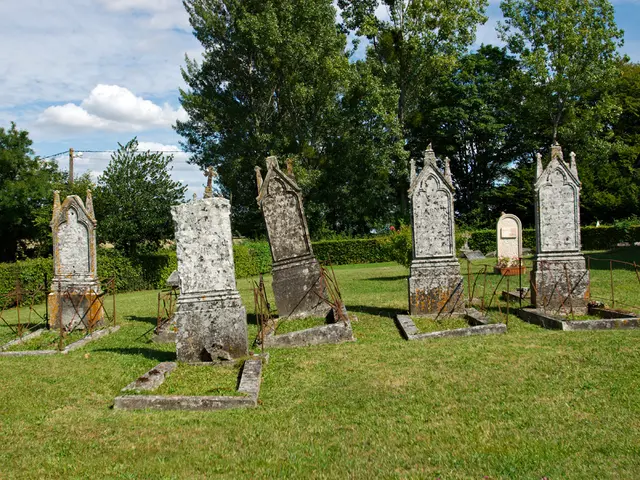Upon return from Japan, dragon-headed roof tiles and ornate eaves expose a glimpse of the Joseon royal shrine's architectural flair.
The Gwanwoldang shrine, a royal shrine from the Joseon era (1392-1910), has been carefully preserved and returned to South Korea after nearly a century in Japan. This long-lost royal shrine was unveiled for the first time since its return in May at the Korea Foundation for the Traditional Architecture and Technology in Paju, Gyeonggi Province.
The return of the Gwanwoldang marks a significant milestone in cultural repatriation and diplomacy between Japan and South Korea. The process took 24 years of negotiations, with the support of Japanese archaeologist and ethnologist Sato Takao, who advocated for the shrine’s return on grounds of historical justice and heritage preservation.
The Gwanwoldang is a culturally and historically significant royal shrine. Originally located in Korea, it was forcibly moved to Japan in 1924 during Japan’s colonial rule over the Korean Peninsula. Despite strong opposition from right-wing Japanese nationalists, Sato Takao, who became chief priest at the Kotoku-in Temple (where the shrine was relocated in the 1930s), advocated for its return.
The shrine’s return is heralded as a model of mutual respect and empathy between Korea and Japan, reflecting a future-oriented cooperation grounded in shared cultural heritage. It is expected to foster further academic exchanges and strengthen cultural diplomacy, evidenced by plans to raise funds supporting Korean and Japanese heritage research.
Returning royal artifacts like Gwanwoldang restores Korea’s tangible cultural history disrupted by colonial-era imperialism. The shrine’s architectural style features symbolic patterns, including dragons, spider webs, and bats, characteristics of royal shrines from the late 18th to early 19th-century Joseon period.
The Gwanwoldang is a traditional wooden structure spanning three bays in width. During its public display, a total of 4,982 parts were revealed, including 1,124 pieces of timber, 3,457 traditional Korean roof tiles (giwa), and 401 stone elements. The decorative eave supports known as "choyeop" were among the revealed wooden elements. The roof tiles were cushioned in bubble wrap to protect them from breaking.
The Korea Heritage Service (KHS) and the Overseas Korean Cultural Heritage Foundation plan to conduct detailed studies on Gwanwoldang’s components and explore ways to display them to the public. The storage facility maintains humidity below 80 percent to protect the wooden materials. The KHS is committed to continuing efforts to bring Korean artifacts held overseas back to Korea, as over 247,000 Korean cultural assets are held overseas, with many having been illegally taken, especially during times of war or during the country’s colonial rule.
In summary, the Gwanwoldang shrine is a culturally and historically significant royal shrine from Korea’s Joseon Dynasty. Its return is a profound symbol of decolonization, reconciliation, and cultural diplomacy between Japan and South Korea, highlighting the importance of heritage in international relations.
The Gwanwoldang's return will likely enhance academic discussions and strengthen cultural diplomacy, as plans to fund Korean and Japanese heritage research indicate. With its unique home-and-garden architectural style, showcasing traditional Korean elements like dragons, spider webs, and bats, this royal shrine can serve as an inspiring example for home-and-garden enthusiasts seeking to appreciate Korea's rich lifestyle and heritage.




